Search
Search Results

Article
The Salt Trade of Ancient West Africa
Salt from the Sahara desert was one of the major trade goods of ancient West Africa where very little naturally occurring deposits of the mineral could be found. Transported via camel caravans and by boat along such rivers as the Niger and...

Article
North Africa During the Classical Period
Phoenician traders arrived on the North African coast around 900 B.C. and established Carthage (in present-day Tunisia) around 800 B.C. By the sixth century B.C., a Phoenician presence existed at Tipasa (east of Cherchell in Algeria). From...
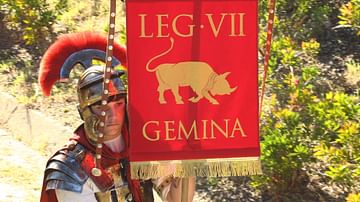
Article
Legions of Spain, Roman Africa & Egypt
The legions of Spain, Roman Africa, and Egypt did not see the intensity of action that prevailed elsewhere in Europe. However, the presence of these four legions - VII Gemina, IX Hispana, XXII Deiotariana, and II Traiana Fortis - was still...
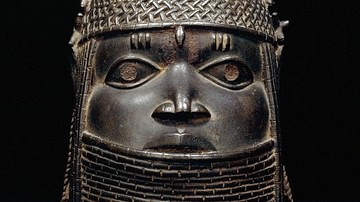
Collection
The Empires of West Africa
The ancient and medieval Mediterranean might have been a bustling stage of ever-changing empires but, across the inhospitable barrier of the Sahara Desert, West Africans were equally busy building up and toppling down their own kingdoms and...
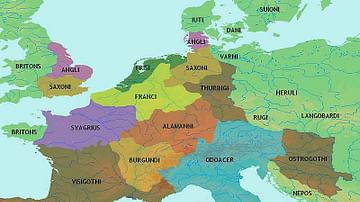
Image
Central Europe 5th century CE
Map showing central Europe in the 5th century CE.
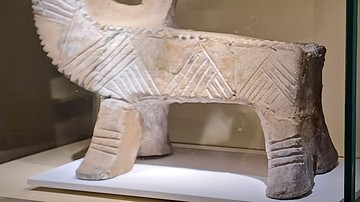
Image
Moon Idol from Central European Bronze Age
Clay figurine found in Chorvátsky Grob, Late Bronze Age. Slovak National Museum, Bratislava. Moon idols (Mondidole), also known as 'firedogs' (Feuerböcke), were clay figurines shaped like a dog or wolf, whose elongated, backward bending...
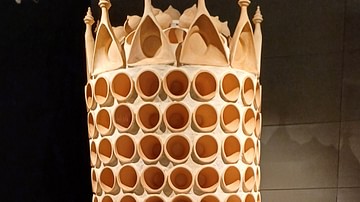
Image
Clay Stove from Central Europe
Replica of a 16th-century earthenware stove with decorative tiles from around Šenkvice. Slovak National Museum, Bratislava. Central European clay stoves emerged in the late medieval period as an evolution of the traditional dome-shaped...

Image
The Central Fire
Central fire. Image by Pixabay on Pexels.com.

Collection
North Africa Campaign
From 1940 to 1943, the desert of North Africa became an important theatre of the Second World War (1939-45) since it was the only place the British Empire, standing alone, could directly fight on land the Axis powers of Germany and Italy...
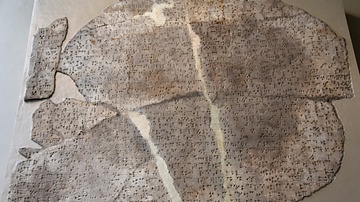
Image
Door Slab from the Central Palace, Nimrud
These cuneifrom inscriptions describe some of the military campaigns of the Assyrian king Tiglath-pileser III (reigned 744-727 BCE) and were probably first placed in a doorway of the Central Palace built by this King at Nimrud. Assyrian...